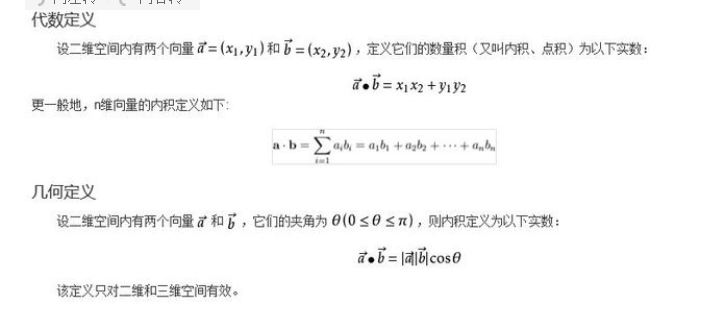循环
>> v = zeros(10,1)
v =
v =
0
0
0
0
0
0
0
0
0
0
0
0
0
0
0
0
0
0
0
>> for i=1:10,
> v(i) = 2^i;
> end;
>> v
v =
> v(i) = 2^i;
> end;
>> v
v =
2
4
8
16
32
64
128
256
512
1024
4
8
16
32
64
128
256
512
1024
>> indices=1:10; >> indices indices = 1 2 3 4 5 6 7 8 9 10 >> for i =indices, > disp(i);%空格不重要 > end; 1 2 3 4 5 6 7 8 9 10
while >> i=1; >> while i<=5, > v(i)=100; > i=i+1; > end; >> v v = 100 100 100 100 100 64 128 256 512 1024
>> i=1; >> while true, > v(i)=999; > i=i+1; > if i==6, > break; > end;%要有end > end; >> v v = 999 999 999 999 999 64 128 256 512 1024
>> v(1) ans = 999 >> v(1)=2; >> if v(1)==1, > disp('The value is one'); > elseif v(1)==2, > disp('The value is two'); > else > disp('The value error'); > end; The value is two
exit 或者 quit 可以退出Octave
调用函数: 创建一个文件,以你的函数来命名(后缀名 .m)。进入文件的目录再调用函数才可以 如:square.m function y = square(x) y =x^2;
>> pwd ans = E:dasandedasiokafterdeep learningmaterial >> square(3) ans = 9
在C:UsersclttDesktop保存一个文件f.m function y =f(x), y = x+3; >> addpath('C:UsersclttDesktop')%添加Octave 的寻找路径 >> pwd ans = E:dasandedasiokafterdeep learningmaterial >> f(2)%即使不再f.m的目录下,此时依然可以调用函数f ans = 5
现在对square.m进行更改 function [y1,y2] = square(x)%返回多个值 y1 =x^2; y2 = x^3; >> pwd ans = E:dasandedasiokafterdeep learningmaterial >> [a,b] = square(5); >> a a = 25 >> b b = 125
>> X = [1 1;2 2;3 3] X = 1 1 2 2 3 3 >> Y =[1;2;3] Y = 1 2 3 >> thera = [0;1] thera = 0 1 cosf.m function J =cosf(X,Y,thera), m =size(X,1); predictions = X*thera; sqrerrors = (predictions-Y).^2;%用.^表示^ J = 1/(2*m) *sum(sqrerrors); >> J = cosf(X,Y,thera) J = 0%完美拟合
改变thera >> thera = [0;0]; >> J = cosf(X,Y,thera) J = 2.3333 (1^2+2^2+3^2)/(2*3)=7/3
向量化

%点乘 >> v =[1;2;3]; >> w =[1;2;3]; >> v.*w ans = 1 4 9 >> sum(v.*w) ans = 14 >>

>> A =magic(3) A = 8 1 6 3 5 7 4 9 2 >> B = A^2 %A*A B = 91 67 67 67 91 67 67 67 91 >> B = A.^2
B = 64 1 36 9 25 49 16 81 4 >> B = A.*2 B = 16 2 12 6 10 14 8 18 4 >> B = A*2 B = 16 2 12 6 10 14 8 18 4